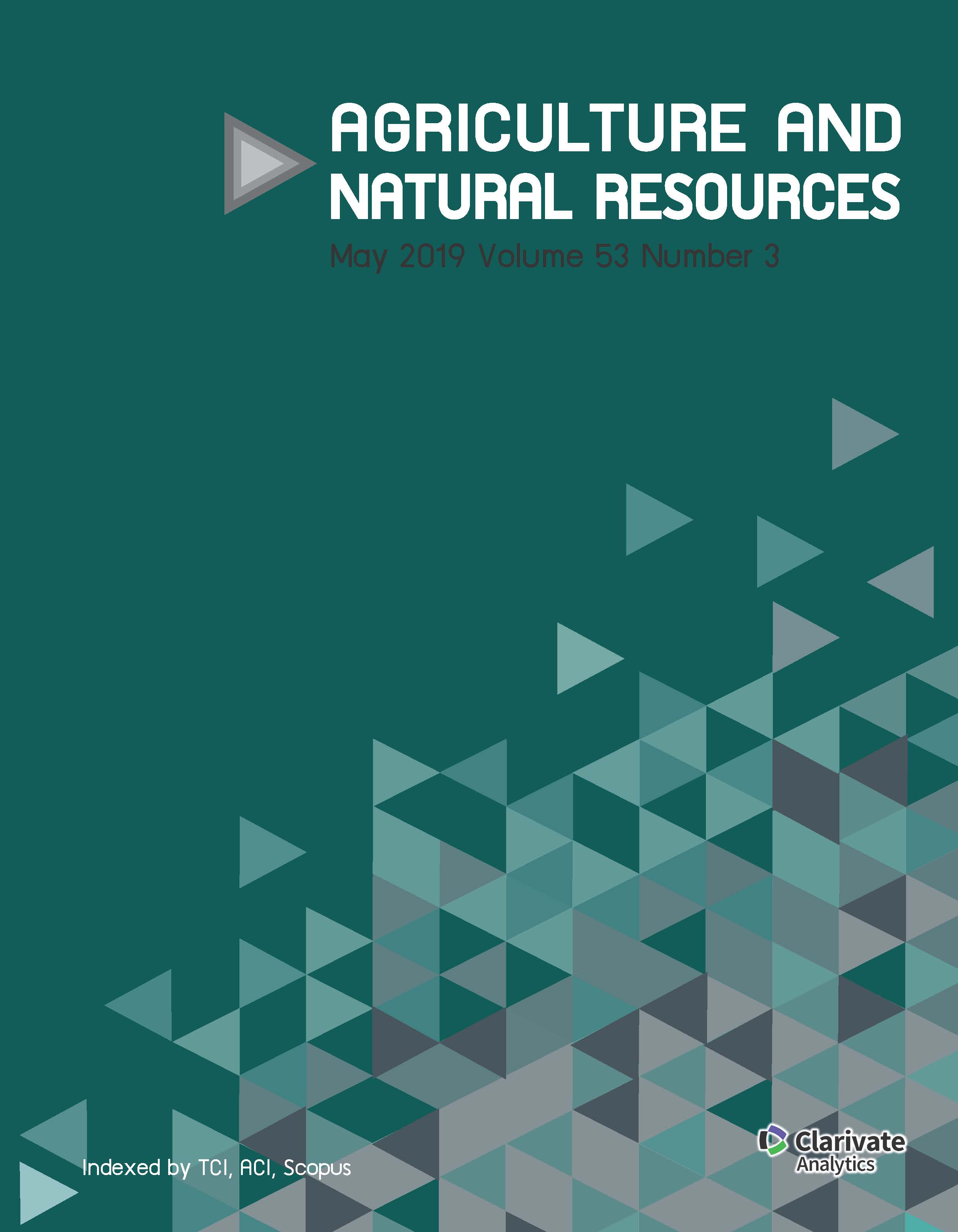African vetiver grass cleans abattoir effluent
Keywords:
Chrysopogon nigritanus, Chrysopogon zizanioides, Contaminants, Heavy metals, PhytoremediationAbstract
In many of Africa’s growing cities, the pollution emanating from abattoirs is causing health and environmental concerns. The potential was assessed of hydroponically grown African vetiver [Chrysopogon nigritanus (Benth.) Veldkamp] and Asian vetiver [Chrysopogon zizanioides (L.) Roberty] for cleaning abattoir effluent. Concentrations of zinc and iron pollutants were reduced to below detectable limits within 6 d of treatment. Cyanide, with high pretreatment concentrations (>0.6 mg/L) was reduced in 6 d to below the internationally acceptable limits for irrigation water (0.07 mg/L). In the same period, biochemical oxygen demand, chemical oxygen demand and the concentrations of nitrogen, phosphorus and manganese were reduced by 84%, 86%, 52%, 70% and 88%, respectively, when treated with C. nigritanus, and by 84%, 88%, 71%, 77% and 90% when treated with C. zizanioides. C. zizanioides had significantly higher nitrogen and phosphorus removal rates, whereas C. nigritanus had a higher iron removal rate. However, the removal rates of the other contaminants did not differ significantly between the two species. It was concluded that the efficacy of pollutant removal by Asian and African vetiver was comparable. Thus, African vetiver, which is readily available in many parts of Africa, could serve as a cheap and effective green solution to water pollution in that continent.
Downloads
Published
How to Cite
Issue
Section
License

This work is licensed under a Creative Commons Attribution-NonCommercial-NoDerivatives 4.0 International License.
online 2452-316X print 2468-1458/Copyright © 2022. This is an open access article under the CC BY-NC-ND license (http://creativecommons.org/licenses/by-nc-nd/4.0/),
production and hosting by Kasetsart University of Research and Development Institute on behalf of Kasetsart University.







